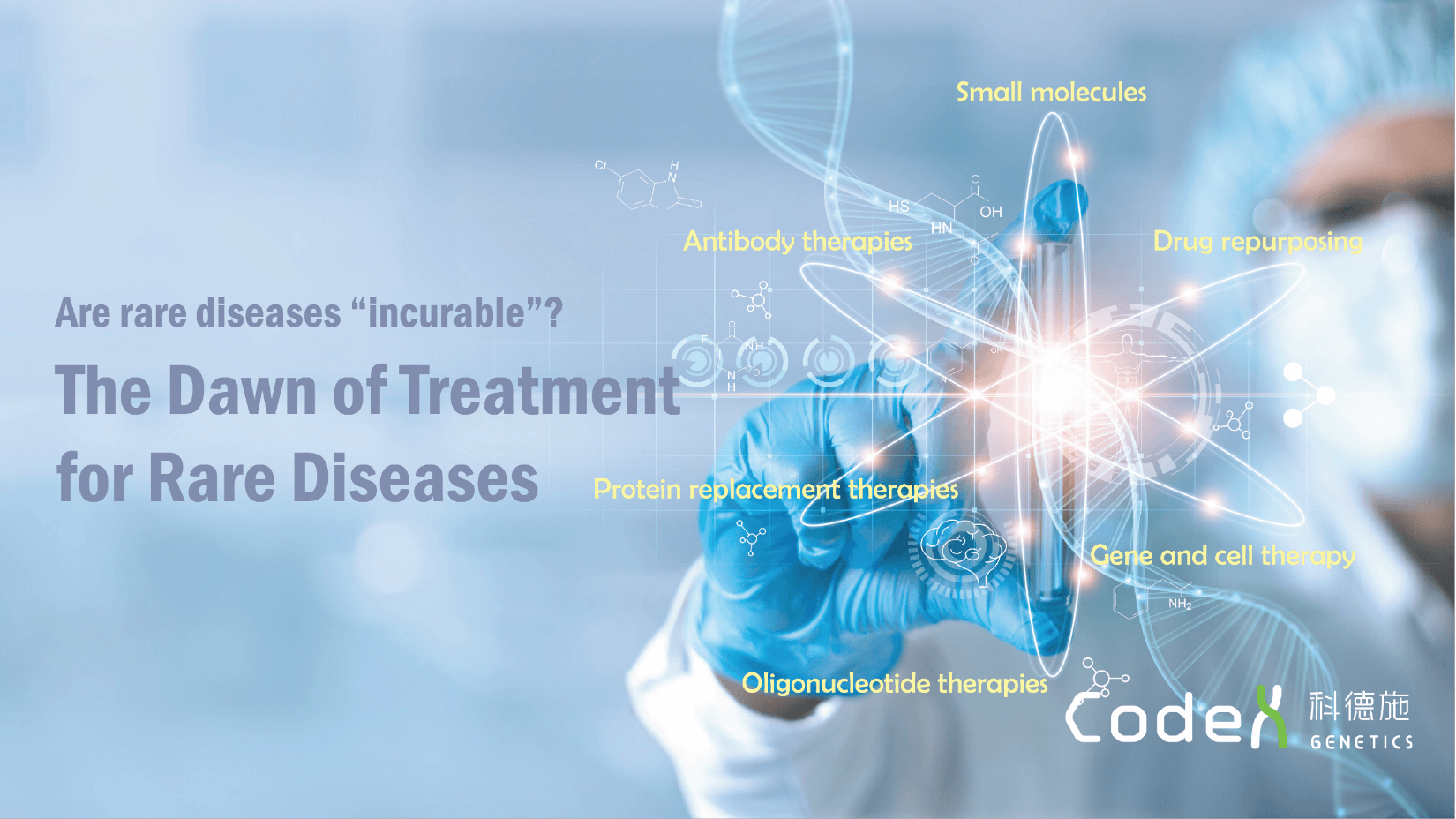
Although there has been significant progress in the research of rare diseases, the speed of converting knowledge of rare disease into treatment is far behind the birth of scientific research results, and there are still no cures for many rare diseases. The dawn of treatment for rare diseases hence lies in the transformation of scientific knowledge from research on rare diseases to the development of drugs for rare diseases (commonly known as orphan drugs). The following article will discuss existing main treatment methods as well as drug development / application for rare disease.
Small Molecules
Small molecules are organic compounds of low molecular weight. In the medical field, small molecules are an important drug platform, particularly for rare diseases. Its advantages include its ability to target many tissues, multiple routes of administration, scalable production and low costs, controllable dosage, and high stability; due to these qualities, it holds significance as a therapeutic agent for rare diseases.
Antibody Therapies
Antibodies are suitable for the treatment of a variety of diseases, including cancers and immune disorders. Antibody therapies work by regulating signal transduction pathways, recruiting cells or proteins to specific sites, delivering cytotoxins, and neutralizing or regulating circulating factors. Although the number of antibody drug therapies used to treat rare diseases is limited, the nature of antibody therapy enables it for the highly specific targeting of disease-linked proteins, and as such holds considerable potential as a treatment for rare disease as they can mitigate the off-target toxicity risk of small molecule drugs. Since rare diseases require long-term treatment, antibody drugs with high stability in the body can furthermore reduce the frequency of medication. However, the production cost of antibody drugs is high, and administration through injection may also cause adverse reactions at the injection site.
Protein Replacement Therapies
Compared to antibody drugs that are suitable for treating rare diseases related to the gain of a particular protein function, protein replacement therapy is suitable for treating rare diseases related to protein function loss. One method is to use enzyme replacement therapy (ERT) to replace the missing or defective enzyme for treatment. However, though enzyme replacement therapy has been well developed, the cost of manufacturing and purifying recombinant enzymes is high, and the manufacturing time for new products is long.
Oligonucleotide Therapy
Oligonucleotide therapy treats rare diseases by targeting disease-related genes through interfering with RNA levels. An example of this is antisense oligonucleotides (ASOs) and small interfering RNAs (siRNAs), which can reduce the production of specific disease-related proteins by promoting the degradation of its messenger RNA (mRNA). This method not only targets cell surfaces or circulating proteins, but also allows for the targeting of any gene product. Since most of the known rare diseases are inherited, oligonucleotide therapy offers the possibility of regulating morbidity and mortality as the application of ASOs and siRNAs can act as interventions for rare diseases with specific molecular causes.
Gene and Cell Therapy
Gene therapy utilising viral vectors can be used for the treatment of rare diseases in two general contexts. Firstly, for diseases where treatment needs to compensate for the loss of specific protein function, such as in spinal muscular atrophy (SMA), the viral vectors can be used to express a transgene which encodes the required protein. Contrarily, when treatment for a disease requires the suppressing of a gene’s impact, such as for Huntington's disease, gene therapy can do so by implementing interfering RNA genes. Adeno-associated virus (AAV) is one of the commonly used gene therapy methods. AAV vectors have shown clinical superiority in the treatment of single-gene rare diseases, but compared with small molecule drugs, the production and production of molecules required for gene therapy is very complicated. Relative to other therapies, gene and cell therapy is still in the early stage of development; however, it has the potential to become a one-time treatment for diseases, and as such proves significant in the development of interventions combatting rare disease.
Drug Repurposing
Drug repurposing refers to the evaluation of approved or researched drugs to treat diseases that are different from what the aforementioned products were created to target. Most repurposed drugs have been shown to be safe for human use, with some having entered phase II or phase III clinical trials. This would, in principle, be a faster, lower risk, and lower cost route for drug treatment for rare disease. However, clinical trials are still required to test for efficacy, which increases investment costs. Additionally, the safety profile of the repurposed drug may change depending on different conditions in the new treatment, as it is separate from what the drug was originally created for. Furthermore, intellectual property issues may delay the acquisition of drugs for clinical evaluation and reduce the company’s motivation to invest in drug rediscovery.
Ultimately, the translation of scientific research into applicable interventions opens many doors for the future combatting of rare disease. Though the above methods are not without their limitations, they provide significant scientific insight and actionable implications, and the joint effort of the scientific community signifies a new dawn of treatment for rare disease.
Reference material:
Tambuyzer, E., Vandendriessche, B., Austin, CP et al. Therapies for rare diseases: therapeutic modalities, progress and challenges ahead. Nat Rev Drug Discov 19, 93–111 (2020). https://doi.org/ 10.1038/s41573-019-0049-9











